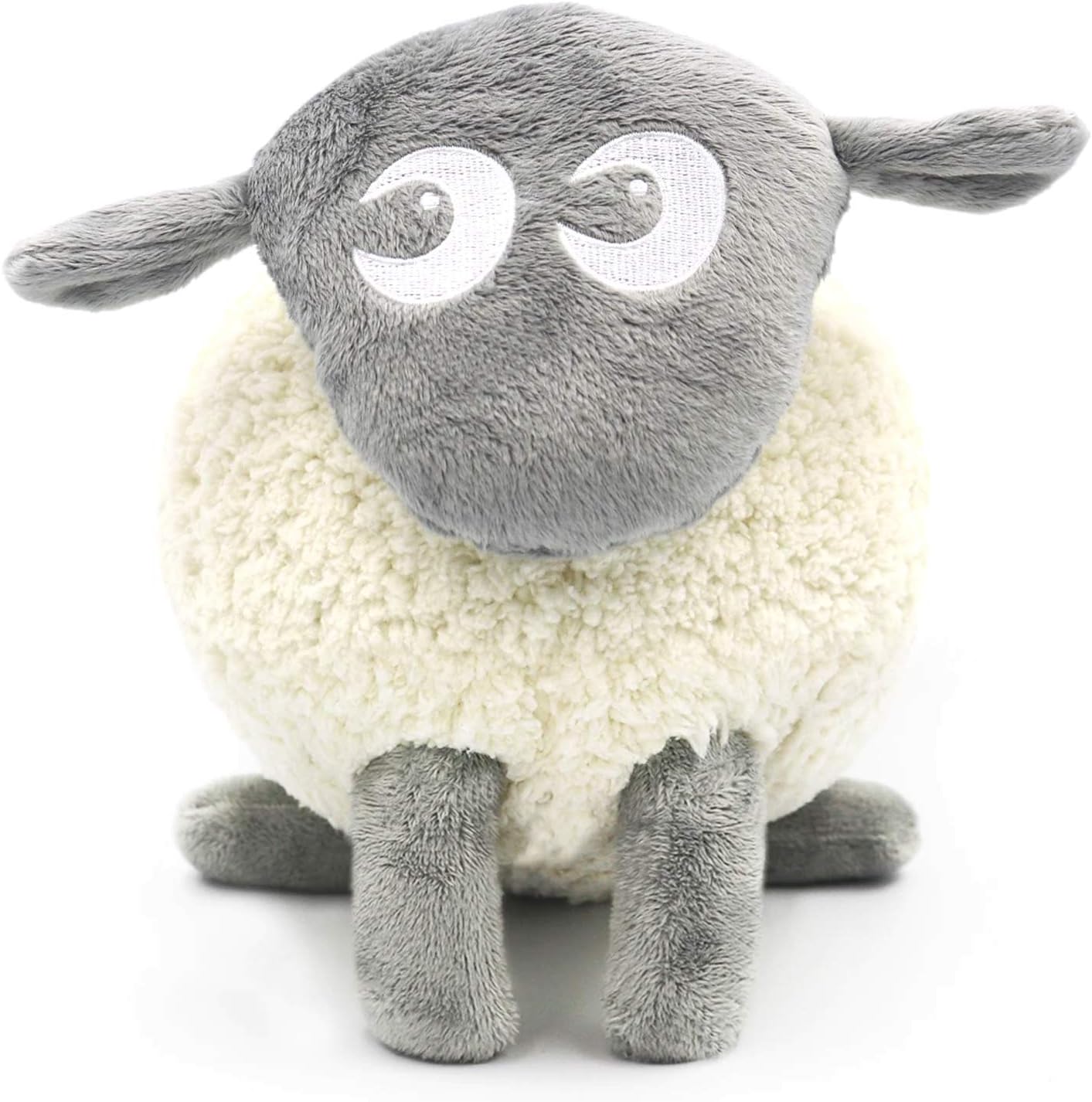The Science of Sleep: Exploring the Role of Soundscape in Baby’s Bedtime Routine
The Science of Sleep: Exploring the Role of Soundscape in Baby’s Bedtime Routine
The journey into parenthood is an exhilarating experience filled with joy, challenges, and countless decisions. Among these decisions, establishing a bedtime routine for your baby is crucial for their well-being and development. One often overlooked aspect of this routine is the soundscape – the auditory environment that surrounds your baby during sleep. In this article, we delve into the science of sleep, shedding light on the profound impact that a carefully curated soundscape can have on your baby’s bedtime routine.
Understanding the Science of Baby Sleep
Before we delve into the role of soundscape, let’s first explore the science of baby sleep. Babies spend a significant portion of their early months and years asleep, and this sleep plays a vital role in their physical and cognitive development. Understanding the sleep cycles and patterns of infants is crucial for creating an environment that fosters healthy sleep habits.
Infants experience both REM (Rapid Eye Movement) and non-REM sleep cycles, with the former being particularly significant for brain development. During REM sleep, babies often experience vivid dreams, and the brain consolidates information essential for learning and memory. Creating an optimal sleep environment can positively influence these sleep cycles, contributing to your baby’s overall well-being.
The Power of a Calming Soundscape
The auditory environment in which your baby sleeps can significantly impact their sleep quality and overall sleep experience. A calming soundscape has the power to soothe your baby, drown out disruptive noises, and create a consistent sleep routine. Let’s explore the elements of an effective soundscape for your baby’s bedtime routine.
1. White Noise: A Sleep-inducing Sound
Pink noise, a consistent sound that covers a broad frequency range, is a popular choice for creating a soothing soundscape. It mimics the sounds babies hear in the womb, providing a sense of familiarity that can promote sleep. White noise can also act as a buffer against sudden loud noises, helping your baby stay asleep during minor disturbances.
2. Nature Sounds: Bringing the Outdoors In
Nature sounds, such as gentle rain on an umbrella, rustling leaves, or ocean waves, can create a serene atmosphere for your baby’s sleep. These sounds not only mask background noise but also offer a connection to the natural world. Research suggests that exposure to nature sounds can have a calming effect on both babies and adults, promoting a more relaxed sleep environment.
3. Lullabies and Gentle Music: A Melodic Slumber
The power of music is undeniable, and it extends to the realm of baby sleep. Soft lullabies or instrumental music with a slow tempo can create a tranquil atmosphere, lulling your baby into a peaceful slumber. When incorporated into a bedtime routine, music becomes a cue that signals to your baby that it’s time to wind down and prepare for sleep.
| Help Your Baby to Fall Asleep | Description | Buy on Amazon |
|---|---|---|
 | TOP-RATED UK BABY SLEEP ASSISTANT: With over 1 million ewans sold worldwide, ewan is committed to overseeing and aiding peaceful sleep for babies and toddlers – ensuring parents enjoy a restful night too! With built in sounds such as; white noise womb and heartbeat sounds, Also has a built in comforting night light |
Is it necessary to use a dedicated white noise machine, or are there alternative options?
While dedicated white noise machines are effective, alternative options include using sound machines with nature sounds or playlists of soothing lullabies. The key is to choose a sound source that provides a consistent and comforting background noise.
Implementing a Soundscape in Your Baby’s Bedtime Routine
Now that we understand the science behind a calming soundscape, let’s explore practical ways to incorporate it into your baby’s bedtime routine.
1. Choose the Right Sound Source
Selecting the right sound source is crucial for an effective soundscape. Consider using a dedicated white noise machine, a sound machine with nature sounds, or even a playlist of soothing lullabies. Ensure that the volume is low enough not to disturb your baby but sufficient to create a comforting background noise.
2. Consistency is Key
Consistency is a fundamental aspect of any successful bedtime routine. Whether it’s the sound of gentle waves or a favourite lullaby, stick to the same soundscape every night. This consistency helps signal to your baby that it’s time to wind down and prepares them for a restful night’s sleep.
3. Gradual Introduction of Soundscape
If you’re introducing a soundscape for the first time, consider incorporating it gradually into your baby’s routine. Start with shorter durations and gradually extend the time as your baby becomes more accustomed to the soothing sounds. This gradual approach can help avoid overwhelming your baby and allows them to adjust at their own pace.
Conclusion
In the intricate tapestry of parenting, creating a bedtime routine that incorporates a calming soundscape is a science-backed way to enhance your baby’s sleep experience. Understanding the nuances of baby sleep, from REM cycles to the impact of environmental factors, empowers parents to make informed decisions that contribute to their child’s well-being.
As you embark on this journey of parenthood, consider the role of a carefully curated soundscape in your baby’s bedtime routine. Whether it’s the rhythmic hum of white noise or the gentle melodies of a lullaby, the right soundscape can be the key to unlocking a world of peaceful and restorative sleep for your little one. Sweet dreams await as you embrace the science of sleep in your baby’s bedtime routine.







